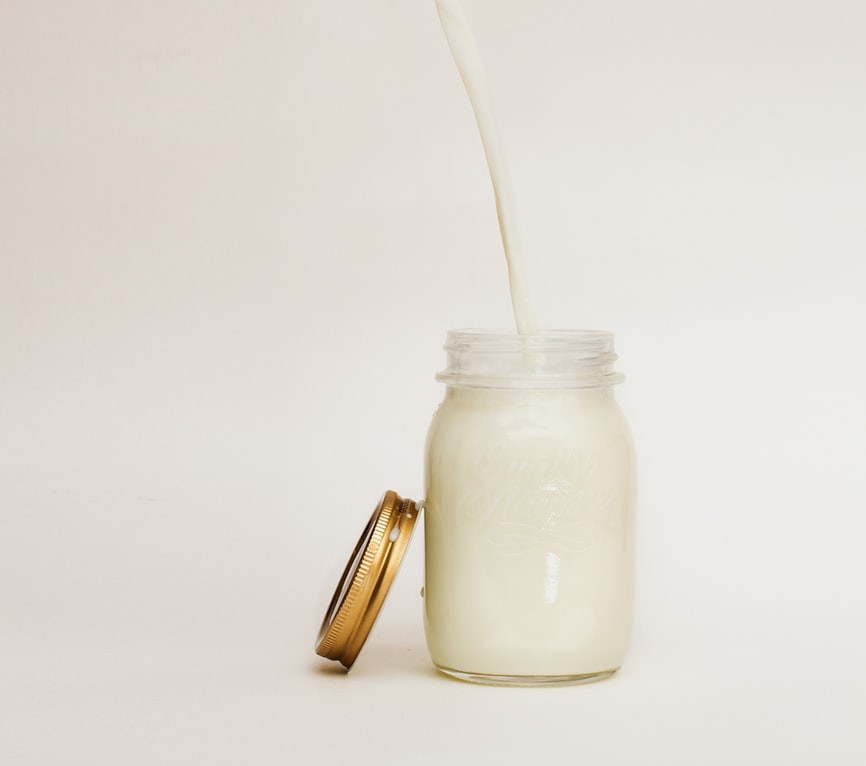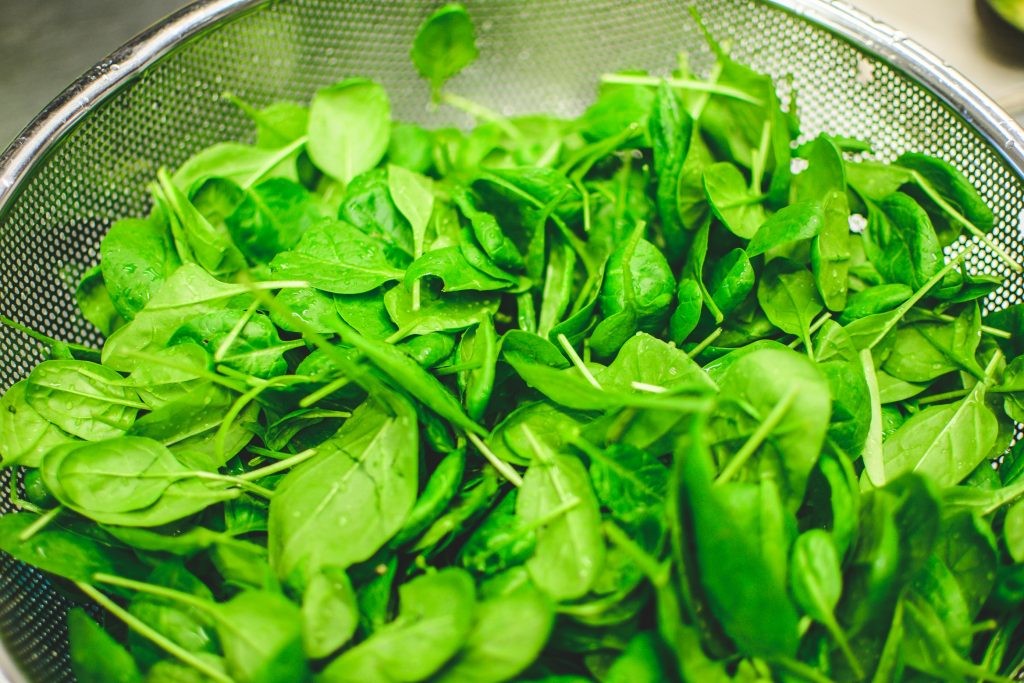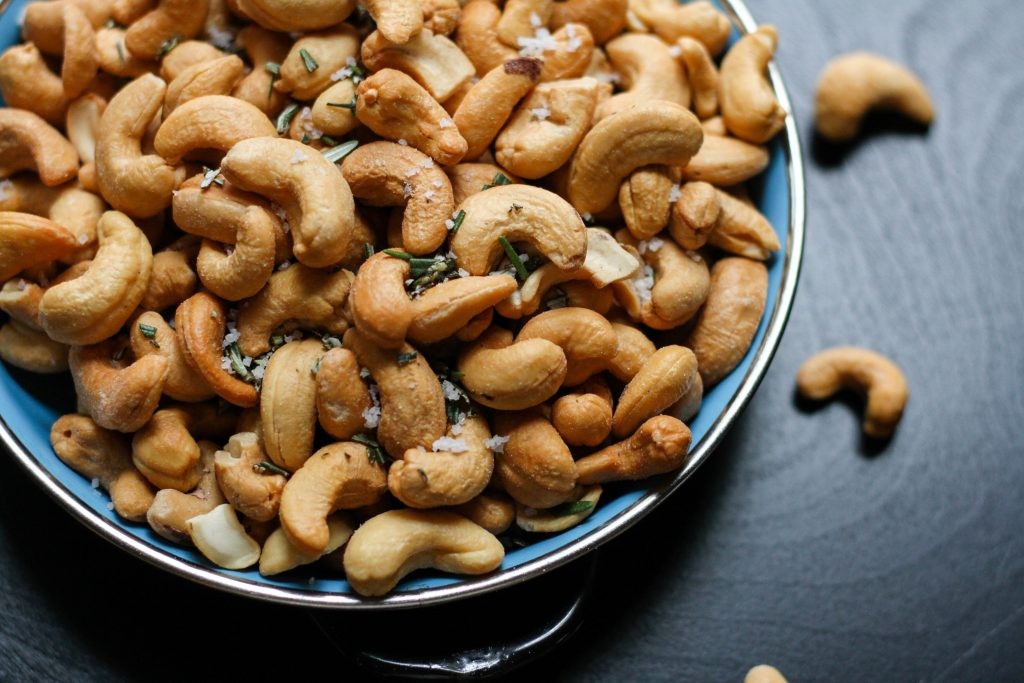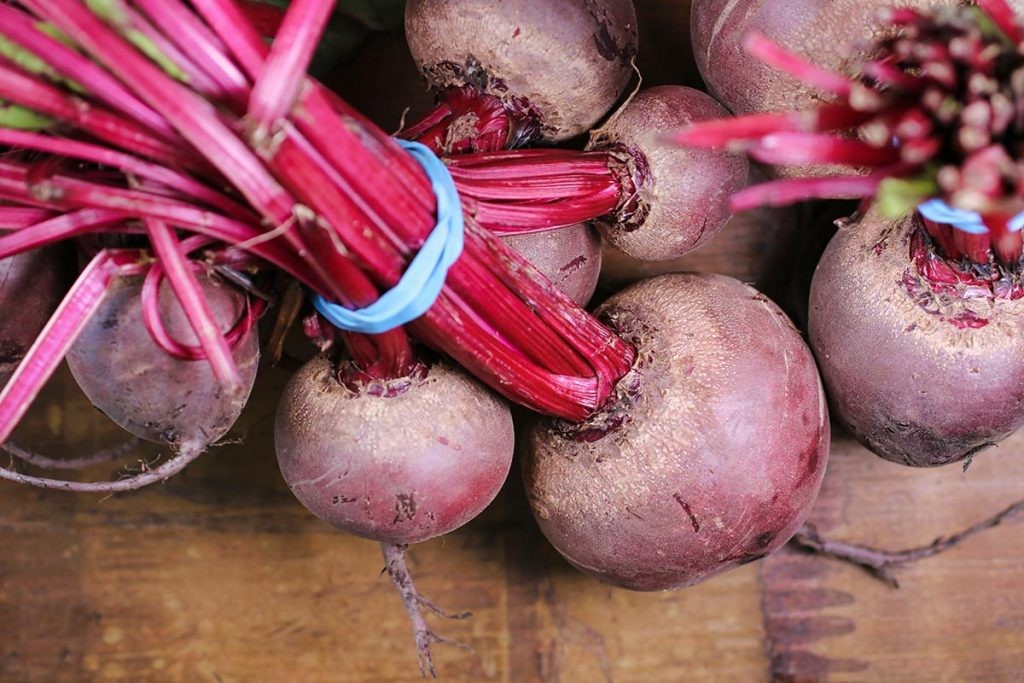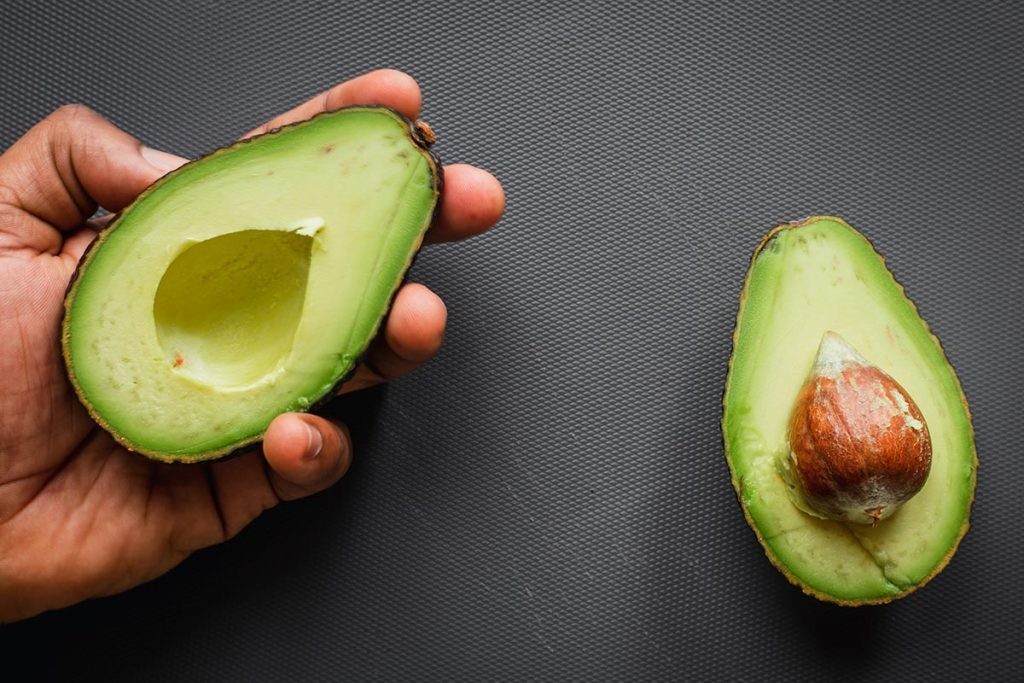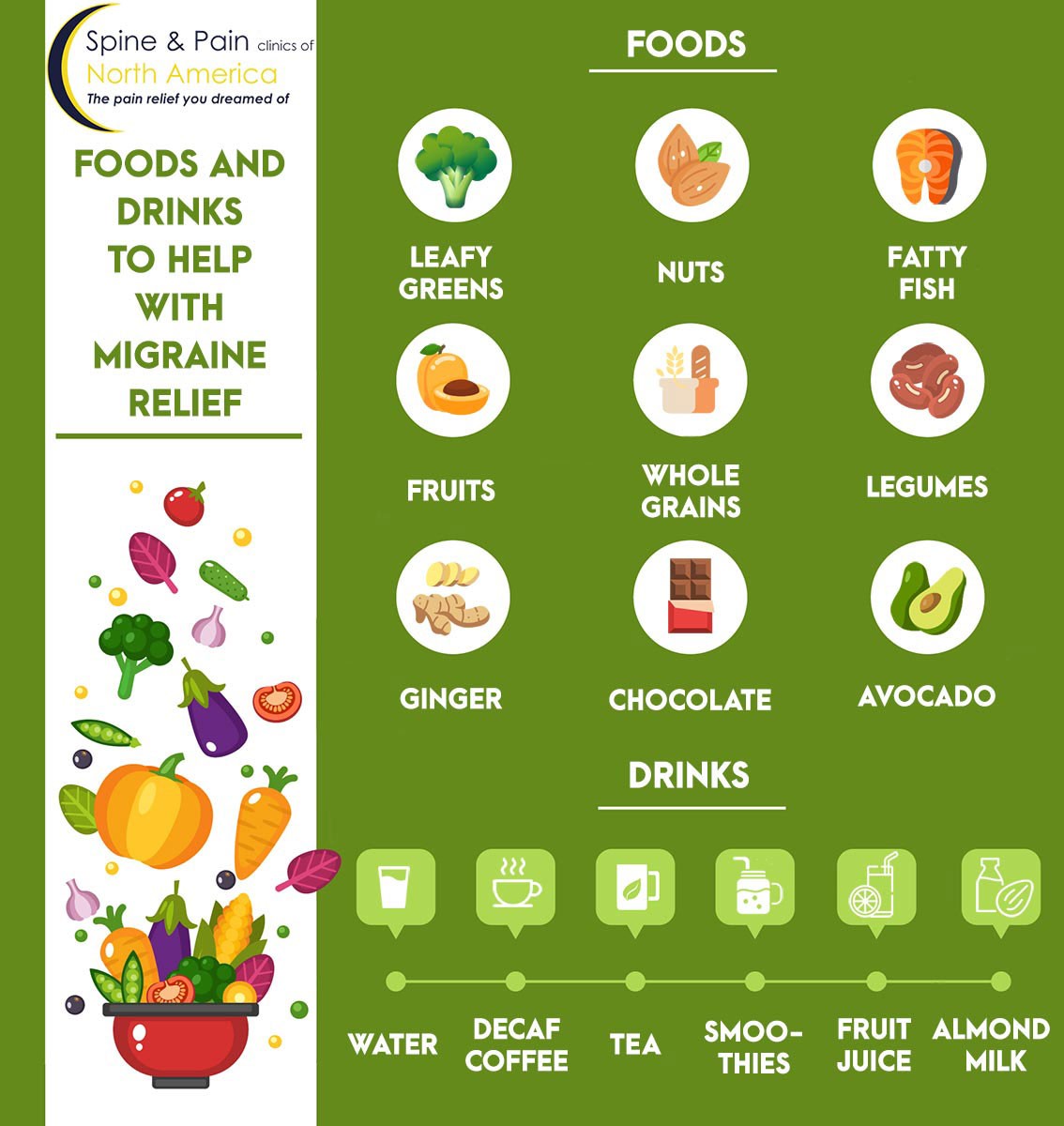What Food Is Good For Headaches? Discover natural headache remedies through diet with FOODS.EDU.VN’s expert guide, exploring foods that ease discomfort and promote well-being. Learn about dietary strategies to alleviate head pain and manage triggers for lasting relief.
1. Decoding Headaches: Types, Triggers, and the Role of Food
Headaches, a common ailment, manifest in various forms, each with unique characteristics and potential triggers. The International Classification of Headache Disorders recognizes over 150 types, broadly categorized as migraine, tension, cluster, and secondary headaches. While some arise independently (primary), others signal underlying issues like injuries or medication side effects (secondary). The connection between food and headaches is undeniable, with certain items acting as triggers or offering relief. Understanding this link is crucial for proactive management.
For example, skipping meals can lead to a drop in blood sugar, triggering a tension headache. Stressful situations might cause some to clench their jaw, resulting in a tension headache. FOODS.EDU.VN delves deeper into the science behind these connections, offering practical advice on identifying and addressing your specific headache triggers.
2. Migraines: Unveiling the Culprits
Migraines, characterized by intense throbbing pain, often accompanied by nausea, vomiting, and sensitivity to light and sound, can significantly disrupt daily life. While the exact cause remains elusive, several factors are known to trigger these episodes. Identifying these triggers is the first step towards effective management.
Stress, changes in sleep patterns, prolonged exposure to blue light from screens, and even seasonal changes can contribute to migraines. Dietary factors also play a significant role, with certain foods and additives acting as common triggers. A migraine diary can be a powerful tool in identifying patterns and pinpointing your personal triggers.
3. Common Food and Additive Triggers: What to Avoid
Navigating the world of food triggers can feel like a minefield. Many individuals find specific foods and additives exacerbate their migraines, making it essential to understand which ones to approach with caution. Additives like monosodium glutamate (MSG), commonly found in processed foods, can trigger migraines in susceptible individuals. Yeast-containing products like bagels and sourdough bread are also known culprits. Processed meats high in nitrates, along with condiments such as ketchup and soy sauce, may contribute to migraine episodes.
It’s important to note that individual tolerances vary widely. Keeping a detailed food journal can help track your reactions to different foods and identify potential triggers. While some people can tolerate small amounts of aged cheese, others may find that even a tiny portion can set off a migraine.
4. Drinks to Watch Out For: Dairy, Alcohol, and Caffeine
Beverages also play a significant role in headache management. Dairy products, alcohol, and caffeinated drinks are potential triggers for some individuals.
- Dairy: Casein, the primary protein in milk, has been linked to migraines in certain people.
- Alcohol: Alcohol affects brain chemicals and blood vessels, leading to pounding headaches. Dehydration from alcohol further exacerbates the issue. Red wine, in particular, contains tannins and sugars, which can trigger headaches.
- Caffeine: While caffeine withdrawal can cause headaches, excessive caffeine consumption can also be a trigger. Caffeine is found in coffee, tea, chocolate, and even some breakfast cereals.
5. Identifying Individual Triggers: The Elimination Diet
Since individual responses to food vary greatly, the most effective way to identify your personal triggers is through an elimination diet. This involves systematically removing suspected trigger foods from your diet and then reintroducing them one at a time, carefully monitoring your body’s reaction.
Consulting a registered dietitian can provide personalized guidance and ensure you maintain a balanced diet during the elimination process. Remember, patience and consistency are key to uncovering your specific triggers.
6. Dietary Strategies for Headache Relief: What to Eat
While avoiding triggers is crucial, incorporating certain foods into your diet can help alleviate headaches and reduce their frequency. These foods are rich in essential nutrients that support brain health and overall well-being.
Focus on incorporating a variety of nutrient-rich foods, including leafy greens, fresh fruits, and lean proteins, to promote overall health and reduce headache susceptibility.
7. Magnesium-Rich Foods: The Power of Minerals
Magnesium is a vital mineral involved in numerous bodily functions, including nerve and muscle function. Studies have shown that magnesium deficiency is linked to migraines. Increasing your magnesium intake through diet can help reduce headache frequency and severity.
Foods rich in magnesium include:
- Dark, leafy greens (spinach, kale, Swiss chard)
- Avocados
- Bananas
- Tuna
- Almonds and cashews
- Whole grains
- Black beans
8. Omega-3 Fatty Acids: The “Healthy Fats” Advantage
Omega-3 fatty acids, known as “healthy fats,” possess anti-inflammatory properties that can help reduce or prevent headaches. They are essential for brain health and must be obtained through diet.
Foods high in omega-3 fatty acids include:
- Mackerel
- Salmon
- Cod liver oil
- Herring
- Oysters
- Sardines
- Flaxseed and chia seeds
- Walnuts
- Soybeans, including edamame
9. Fiber-Rich Foods: A Digestive Ally
Fiber plays a crucial role in maintaining stable blood sugar levels and promoting healthy digestion. Studies have indicated that increasing fiber intake can decrease the frequency of migraines.
Fiber-rich foods include:
- Whole grains
- Lentils and peas
- Beans
- Fruits
- Vegetables
10. Hydration is Key: The Importance of Water
Dehydration is a common headache trigger. Staying adequately hydrated is essential for overall health and can help prevent migraines. Aim to drink at least 11 cups of water daily for women and 16 cups for men.
Pay attention to your body’s signals and drink water throughout the day, especially before and after physical activity.
11. Herbal Teas: Soothing Relief
Certain herbal teas offer potential relief from headaches due to their anti-inflammatory and calming properties.
- Ginger tea: May reduce nausea and vomiting associated with migraines.
- Peppermint tea: Known for its soothing and stress-reducing properties.
- Green tea: Contains antioxidants and a moderate amount of caffeine.
12. Specific Foods for Headache Relief: A Deeper Dive
Beyond general dietary guidelines, specific foods have shown promise in alleviating headaches:
12.1. Leafy Greens: A Nutrient Powerhouse
Leafy greens are packed with magnesium, B vitamins, and anti-inflammatory antioxidants.
- Kale
- Spinach
- Collard greens
- Turnip greens
- Broccoli
These greens can contribute to reducing migraine symptoms.
12.2. Nuts: A Portable Snack
Nuts are rich in magnesium and vitamin E, which can help relax blood vessels and manage hormonally triggered migraines.
- Almonds
- Walnuts
- Cashew nuts
- Brazil nuts
Enjoy a handful of nuts for a quick and convenient headache remedy.
12.3. Fatty Fish: Omega-3 Abundance
Fatty fish is a great source of omega-3 fatty acids, B vitamins, and other beneficial compounds.
- Salmon
- Cod
- Mackerel
- Halibut
These fish possess anti-inflammatory properties and may help manage migraine attacks.
12.4. Fruits: Hydration and Nutrients
Certain fruits are rich in magnesium, potassium, and water, which can help alleviate headache pain and combat dehydration.
- Apricots
- Avocados
- Bananas
- Figs
- Raspberries
- Melon
- Cantaloupe
- Watermelon
- Honeydew
12.5. Seeds: Tiny but Mighty
Seeds contain omega-3 fatty acids and magnesium, which can fight inflammation and prevent blood vessel spasms.
- Poppy seeds
- Sesame seeds
- Pumpkin seeds
- Sunflower seeds (without natural flavors)
- Chia seeds
12.6. Whole Grains: Sustained Energy
Whole grains provide complex carbohydrates that help stabilize blood sugar levels and prevent hypoglycemia-triggered headaches.
- Quinoa
- Barley
- Buckwheat
- Bulgur
- Whole oats
- Whole grain bread
12.7. Legumes: Blood Sugar Control
Legumes contain protein, fiber, magnesium, and potassium, which help maintain blood sugar levels and relieve blood vessel constrictions.
- Lentils
- Beans
- Peas
- Soybeans
- Chickpeas
12.8. Hot Peppers: A Spicy Solution
Hot peppers contain capsaicin, which can numb the brain’s trigeminal nerve and inhibit the neurotransmitter responsible for causing migraine pain.
- Jalapenos
- Habaneros
- Cayenne
- Anaheim
12.9. Ginger: An Anti-Inflammatory Powerhouse
Ginger possesses potent anti-inflammatory properties and can help reduce headache severity.
- Ginger spice
- Ginger powder
- Ginger tea
- Ginger supplement
12.10. Chocolate: A Treat with Benefits
Dark chocolate (at least 70% cacao) contains magnesium and riboflavin, which can help relax blood vessels.
12.11. Beets: Folic Acid Boost
Beets are rich in nutrients like manganese, potassium, vitamin C, and folic acid, potentially contributing to managing migraine symptoms.
12.12. Mushrooms: Antioxidant Support
Mushrooms may help with migraines and headaches due to their potential anti-inflammatory and antioxidant properties.
12.13. Avocado: Magnesium Source
Avocados are rich in magnesium, which has been associated with a potential reduction in the occurrence and severity of migraines and headaches.
12.14. Figs: Potassium Rich
Figs have been suggested to potentially help prevent migraines as they contain potassium, which has anti-inflammatory properties.
13. The Whole-Food, Plant-Based Approach
For some individuals, adopting a whole-food, plant-based diet may reduce headache frequency or even prevent them. This diet emphasizes unprocessed foods, including fruits, vegetables, legumes, whole grains, nuts, and seeds.
14. A Simple Diet During Headache Episodes
During a headache episode, a simple diet can often provide relief. Consider these options:
- Brown rice
- Well-cooked green, orange, and yellow vegetables
- Dried or cooked non-citrus fruits
15. Beyond Diet: Holistic Headache Management
While diet plays a crucial role, a comprehensive approach to headache management involves adopting a healthy lifestyle:
- Stress Management: Practice relaxation techniques like yoga or meditation.
- Regular Sleep: Maintain a consistent sleep schedule.
- Exercise: Engage in regular physical activity.
- Limit Alcohol: Reduce alcohol consumption.
- Don’t Skip Meals: Maintain consistent blood sugar levels.
16. Expert Guidance at FOODS.EDU.VN
Navigating the complex world of headache management requires personalized guidance. At FOODS.EDU.VN, we offer a wealth of information and resources to help you identify your triggers, develop a tailored dietary plan, and adopt a holistic approach to headache relief.
Explore our website for delicious recipes, expert articles, and practical tips to improve your well-being.
17. Addressing Common Questions: Headache FAQs
1. Can certain foods really trigger headaches?
Yes, certain foods and additives can trigger headaches in susceptible individuals. Common culprits include MSG, aged cheese, processed meats, and artificial sweeteners.
2. What is an elimination diet, and how can it help?
An elimination diet involves systematically removing suspected trigger foods from your diet and then reintroducing them one at a time to identify your personal triggers.
3. Are there any specific foods that can help relieve headaches?
Yes, foods rich in magnesium, omega-3 fatty acids, and fiber can help alleviate headaches. These include leafy greens, nuts, fatty fish, whole grains, and legumes.
4. How important is hydration in headache management?
Dehydration is a common headache trigger. Staying adequately hydrated is essential for overall health and can help prevent migraines.
5. Can herbal teas help with headaches?
Yes, certain herbal teas like ginger tea, peppermint tea, and green tea can offer potential relief from headaches.
6. Is there a permanent cure for migraines?
Unfortunately, there is no permanent cure for migraines. However, lifestyle modifications, dietary changes, and medications can help manage symptoms and reduce frequency.
7. What is the role of magnesium in headache relief?
Magnesium plays a vital role in nerve and muscle function. Magnesium deficiency is linked to migraines, and increasing magnesium intake can help reduce headache frequency and severity.
8. Can stress trigger headaches?
Yes, stress is a common headache trigger. Managing stress through relaxation techniques and lifestyle changes can help reduce headache frequency.
9. How can I develop a healthy lifestyle to manage headaches?
Developing a healthy lifestyle includes managing stress, maintaining a regular sleep schedule, exercising regularly, limiting alcohol consumption, and not skipping meals.
10. Where can I find more information and resources about headache management?
Visit FOODS.EDU.VN for a wealth of information and resources, including delicious recipes, expert articles, and practical tips to improve your well-being.
18. Call to Action: Unlock Your Culinary Potential with FOODS.EDU.VN
Ready to embark on a journey of culinary discovery and unlock the secrets to headache relief through food? Visit FOODS.EDU.VN today and explore our extensive collection of recipes, articles, and expert advice. Let us guide you towards a healthier, happier, and headache-free life.
Contact Information:
- Address: 1946 Campus Dr, Hyde Park, NY 12538, United States
- WhatsApp: +1 845-452-9600
- Website: foods.edu.vn
19. Updated Information Table
| Category | Information | Source |
|---|---|---|
| Magnesium-Rich Foods | Dietary intake of magnesium-rich foods may help lower the odds of developing a migraine. | PubMed |
| Omega-3 Fatty Acids | Long-chain omega-3 polyunsaturated fatty acids have been found to reduce or prevent severe headaches or migraines. | ScienceDirect |
| Fiber-Rich Foods | For every 10 grams of fiber increased in the daily diet, the prevalence of migraines or severe headaches decreased by 11%. | NCBI |
| Dehydration | Dehydration has been connected to headache development and may make a migraine or other type of headache worse. | NCBI |
| Whole Foods | A whole-food, plant-based diet has been found to reduce the frequency of headaches or even prevent them. | NCBI |
| Folic Acid | Migraine patients who consumed 2 mg of folic acid, along with vitamins B12 and B6, experienced better results in reducing their migraine symptoms. | The Journal of Headache and Pain |
| Mushrooms | Certain compounds found in mushrooms may have neuroprotective effects and help alleviate inflammation in the brain. | NCBI |
| Avocado | Magnesium has been associated with a potential reduction in the occurrence and severity of migraines and headaches. | NCBI |
| Figs | Figs contain potassium, which has anti-inflammatory properties and may potentially help prevent migraines. | General Knowledge and Studies on Potassium and Inflammation |
